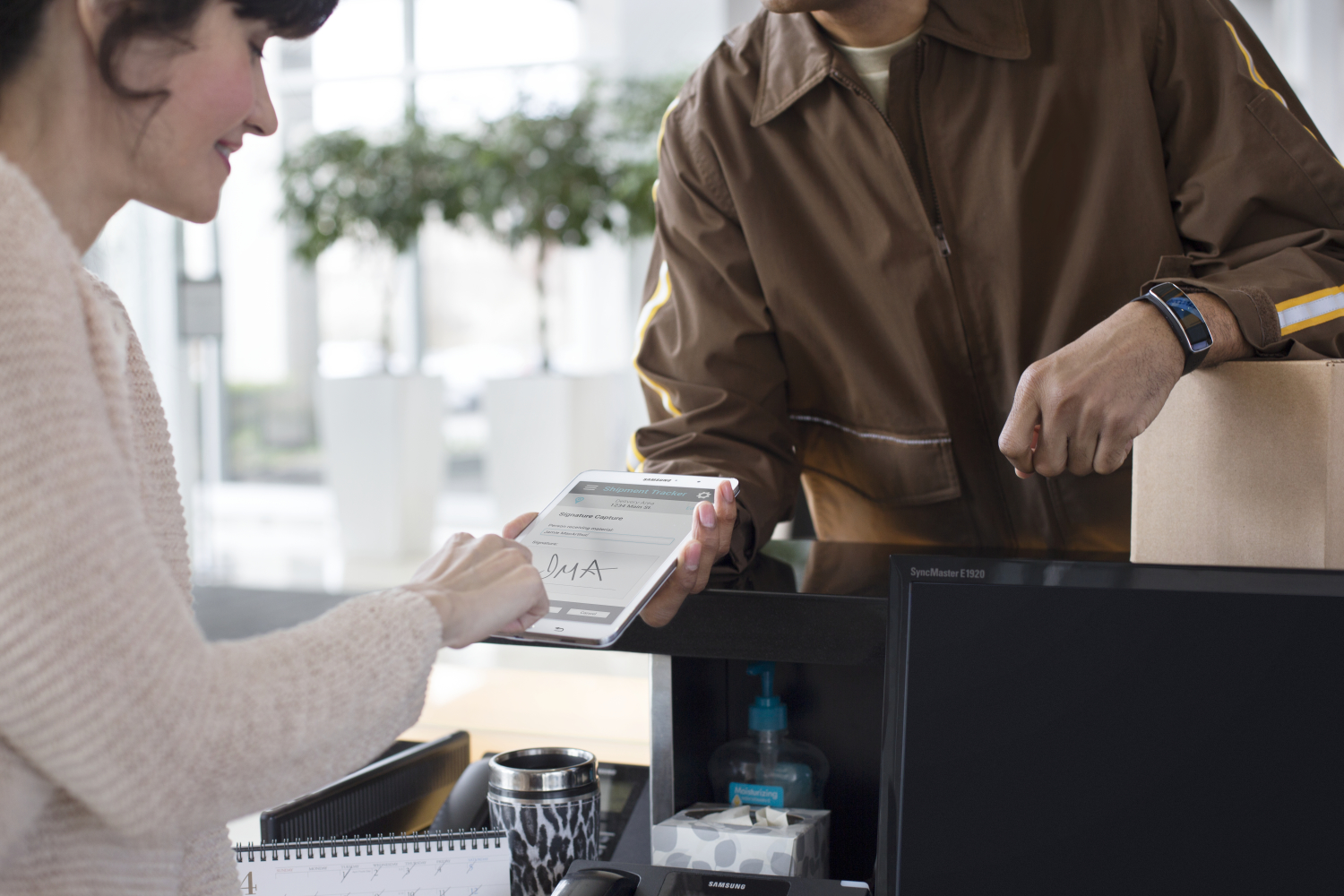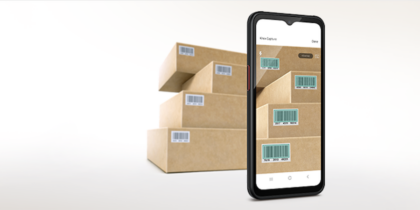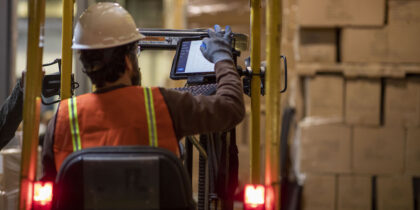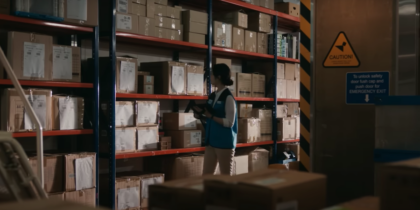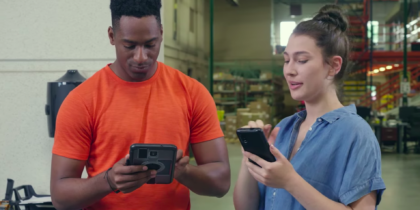| With the immediacy technology has brought to life, customer service expectations are at an all-time high. No industry is immune from those expectations, including the logistics industry, where delivery services face greater pressure to get packages to their destination in the most timely and efficient way possible.This rang true over the 2014 holiday season, when trends such as omnichannel retailing and same-day delivery pressured carriers to improve delivery systems or risk losing customers. To meet changing customer and consumer expectations, carriers are using a combination of methods—both new and tried and true—to make sure deliveries arrive on time. As systems and industries become increasingly interdependent, industry analysts say it’s difficult to talk about logistics without talking about the retail supply chain technology, too. Susan Rider, president of the logistics consulting firm Rider and Associates, said logistics has become a hot topic in boardrooms, as executives now understand that failing to deliver good service in a timely manner means consumers will take their business elsewhere. This has resulted in a renewed focus on the supply chain and logistics. “That’s an important piece of their business strategy, so they’re investing in that element,” Rider said.Retailers are turning to systems such as distributed order management (DOM) for a better handle on where goods are at any given time. In turn, carriers often use Web portals to exchange information with retailers on the logistics process, Rider said. For example, UPS provides an Online Tools service that retailers can integrate with their websites, offering tools such as tracking, rate and service selection, address validation and time-in-transit information.“The goal from a logistics technology perspective is to reduce any black holes so you know exactly where the product is, exactly who’s got it, exactly when,” Rider said.Logistics companies have also beefed up their efforts to scan products in and out of different substations across the country to increase visibility. UPS offers mobile apps that allow customers to find UPS locations for shipping or pick up, or to track packages they’ve sent or are expecting. A feature called UPS My Choice even lets customers manage delivery times when they’re away from home or provide delivery instructions.However, Rider said carriers will eventually need to turn to GPS tracking if they want to provide consumers with the ability to see a package’s whereabouts at any given time, something she believes customers want—particularly data-oriented millennials, who expect that level of transparency.
Increased efficiency Also key to better delivery is better planning and increased efficiency in services. Carriers are tackling efficiency from a number of angles, from using data for better forecasting to deploying sensors to route optimization. Chris Cunnane, senior analyst at ARC Advisory Group, said better planning played a significant role in the logistics companies’ strategies during the past year and holiday season. By planning ahead, companies could hire more workers or add Sunday delivery to handle volume. Many of those determinations came down to better data across entire systems. For example, UPS increased seasonal hiring and added thousands of new vehicles, trailers and aircraft for the 2014 holiday season. The company also relied on more precise forecasting to make better decisions than last year. Laura Peterson, vice president of marketing at West Coast regional carrier OnTrac also emphasized the need for planning and more accurate forecasting. OnTrac gets a daily data feed from its customers early each morning telling them what kind of shipping volume the company can expect that day. By working with their customers and using data, they’ve been able to implement better planning for their delivery services. Data also allows companies to make shipping decisions based on how full a truck or rail-load is, so packages can be routed based on the lowest cost shipping method and shortest amount of time. “Having that technology on hand now makes it so the shippers can be more efficient and ship more things,” Cunnane said. For example, UPS uses telematics, or sensor data, combined with algorithms to calculate optimized delivery routes for drivers. Truck data also provides insight into vehicle performance and condition, and finds opportunities to coach drivers on safety, customer service and efficiency. Better sorting and organization is also key. In 2014, Amazon introduced the concept of the “sortation center,” Cunnane said, a warehouse where packages are sorted by destination or zip code before being handed over to the shipper for delivery. Traditionally, carriers have handled both sorting and shipping. Amazon opened 15 such centers throughout the U.S. last year. UPS also has fully automated hubs in regions across the country where equipment can scan, measure and weigh packages. New delivery options Flexibility has become part of the new norm for delivery. UPS has introduced the UPS Access Point network, which includes local businesses, such as dry cleaners or stores, that can receive packages on behalf of customers. The company also now has Access Point “lockers” throughout Chicago and New York City where consumers can go to safely pick up packages. In addition, the company used temporary “mobile delivery centers” villages, similar to mobile homes, throughout 2014 to help handle and sort additional package volume in various locations throughout the country during peak seasons. Adding more pressure to couriers is the promise of same-day delivery. According to Rider, Amazon set the standard for the industry last year with the free option of placing an order by noon and having it delivered by 6 p.m. The company has also recently invested in bike messenger services for same-day deliveries in Manhattan. Taking a cue from transportation companies like Uber and Lyft, Palo Alto, Calif.-based Deliv is working with omnichannel and mall property owners to provide crowdsourced, same-day package delivery from stores. Deliv combines the technologies retailers have in place to track merchandise with GPS-enabled smart phones to mobilize a driver pool. Rider said same-day delivery services such as Deliv could be a game-changer. “If companies like Deliv can offer next-day (delivery) for the same or less, then who wouldn’t want that? Everybody would sign up for that,” she said. “That will keep pressure on rates and cause people to be more efficient and effective to keep the rates down.” For more information on Samsung’s solutions, click here.
|
Samsung BusinessVoice: Samsung BusinessVoice is our curated content hub on the Forbes BrandVoiceTM platform where this article originally appeared. Read more stories from Samsung BusinessVoice here.
